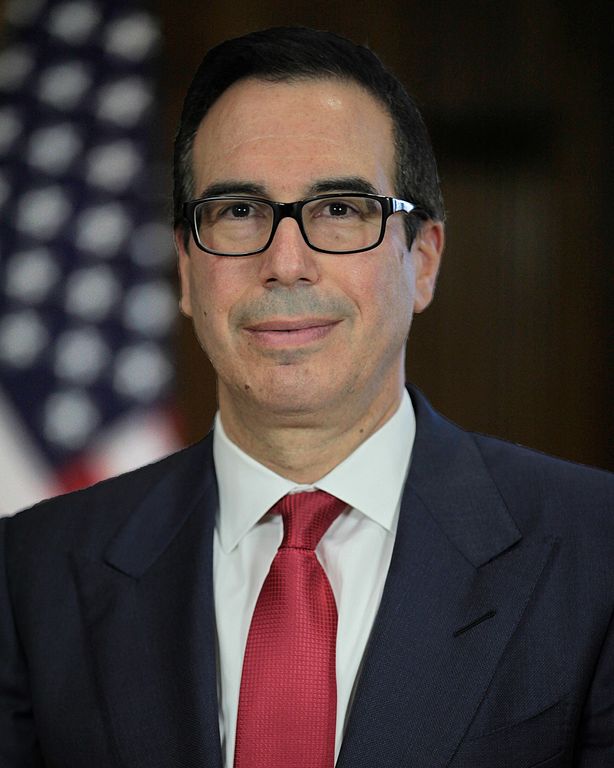Abortion rights, women of color, and LGBTQIA+ people are under attack. Pledge to join us in fighting for gender justice.
NWLC Responds to Senate Leadership’s Proposed Investment in Women and Families
(Washington, D.C.) On Monday, Senate Majority Leader Chuck Schumer unveiled the details of a $3.5 trillion proposal to invest in working families and build a stronger economy in the wake of the coronavirus pandemic.
The following is a statement from Fatima Goss Graves, president and CEO of the National Women’s Law Center:
“The Biden administration and Senate leadership committed themselves to fill the gaps in our economy exposed and exacerbated by the coronavirus pandemic, and this historic proposal brings them much closer to fulfilling that promise. With critical investments in child care and home-based care, paid family and medical leave, the child tax credit, access to health care coverage, enforcement of workplace rights, and affordable housing, this resolution could make our economy as resilient as working women have been forced to be over the last 18 months. Additionally, these investments are supported by making sure that the wealthy and big corporations are paying their fair share of taxes. We can no longer treat women as our economy’s fallback plan when a crisis reaches our door, and urgently passing this bill will help ensure we never will again.”
According to an analysis from the National Women’s Law Center and The Center on Poverty & Social Policy
- Over the entire life course, access to affordable child care could increase the lifetime earnings for women with two children by about $94,000, which would lead to an increase of about $20,000 in private savings (contributions plus growth) and an additional $10,000 in Social Security benefits. It would also boost the collective lifetime earnings of a cohort of 1.3 million women by $130 billion
- For Black mothers in deep poverty, child care reform will result in a lifetime net increase in income of $108,000.
According to an analysis by the National Women’s Law Center, The Center on Law and Social Policy, and The Century Foundation
- A 10-year federal investment of $450 billion would serve 8.27 million young children a year across the United States (when fully implemented) through both child care assistance and preschool. That’s 11 times more than those served without expansion.
According to an analysis by the National Women’s Law Center, in July of 2021:
- 28,000 women and 112,000 men ages 20 and over returned to the labor force, meaning they are now working or looking for work. Women accounted for just 20% of July’s labor force reentrants, and women’s labor force participation remained unchanged at 57.5% in July 2021.
- This remains well below their pre-pandemic labor force participation rate of 59.2% in February 2020. Before the pandemic started, women’s labor force participation rate had not been as low as 57.5% since June 1989.
- While many groups re-entered the labor force last month, Black women and Latinas showed net losses, with 65,000 Black women and 51,000 Latinas leaving the labor force in July.
- The unemployment rate for women ages 20 and over is still over 1.6 times higher than their pre-pandemic unemployment rate of 3.1% in February 2020.
- Black women and Latinas continue to be hit particularly hard by the economic crisis: About 1 in 13 Black women ages 20 and over (7.6%) and over 1 in 15 Latinas ages 20 and over (6.7%) were unemployed last month




